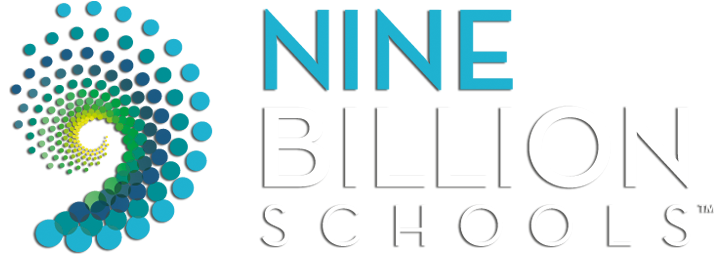Internship University: How Internships Teach Students in a Way Classrooms Can’t
Academics are the way in which we organize learning into a system that can be measured, validated and repeated generation by generation. It’s in the academic world, starting in preschool and continuing through university, where we learn how to learn. It’s where we first start to explore subjects, question narratives, find limits and determine how we can push them.
While traditional academics build the foundation for learning—or, perhaps more accurately, standardized learning—it’s in the outside world where we take that foundation and apply it, allowing learning to expand and grow.
Internships exist in both worlds, providing the opportunity for current students to step into careers at organizations where they’ll take everything they’ve been taught and learn how to apply that or, just as likely, realize how much they still need to learn to succeed and advance in their careers. Internships serve as a bridge between the academic model of learning and the “real world” experiential model.
Internships are a strong transition point
Research has shown that the most value from internships comes in the years immediately after graduation. Graduates with internship experience find jobs quicker and are paid more in those jobs than their peers who didn’t participate in an internship. While this advantage tends to level out after years on the job, the value for new graduates remains clear.
Internships close a huge gap that exists between hiring managers and new graduates looking for a job. While 60 percent of companies believe new graduates don’t have the skills they need for on-the-job success, nearly 90 percent of new college grads believe they’re well prepared to succeed in their new career. That significant dissonance shows the need for students to back up academic success with at least some level of positive performance and experience in the field where they will be working.
Internships teach skills that classrooms can’t
There are some skills that can’t be learned in a classroom, and this is evident by the number of college programs that have non-classroom instruction as a component of the curriculum. Many professions we encounter every day have requirements that experiential learning (internships, fellowships, apprenticeships, etc.) must accompany classroom sessions: nurses, teachers, physicians, pilots, lawyers, and many other professions all go through this before working independently in their fields
It’s safe to conclude that these hand-on experiences wouldn’t be required components of the curriculum if it wasn’t clear that the experience was essential to become qualified to work in that field. But why should it stop there?
Surely everything worth learning can be enriched by some level of hands-on activity. Even in academic programs, like many liberal arts majors, where career goals are less defined, internships can supplement classroom learning in unique and valuable ways. In fact, the number of liberal arts colleges requiring internships is slowly on the rise.
It’s all about balance: classroom instruction remains important. Internships and other similar hands-on learning programs build on irreplaceable classroom learning by both filling in experiential gaps and solidifying what were once abstract concepts in a concrete way.






